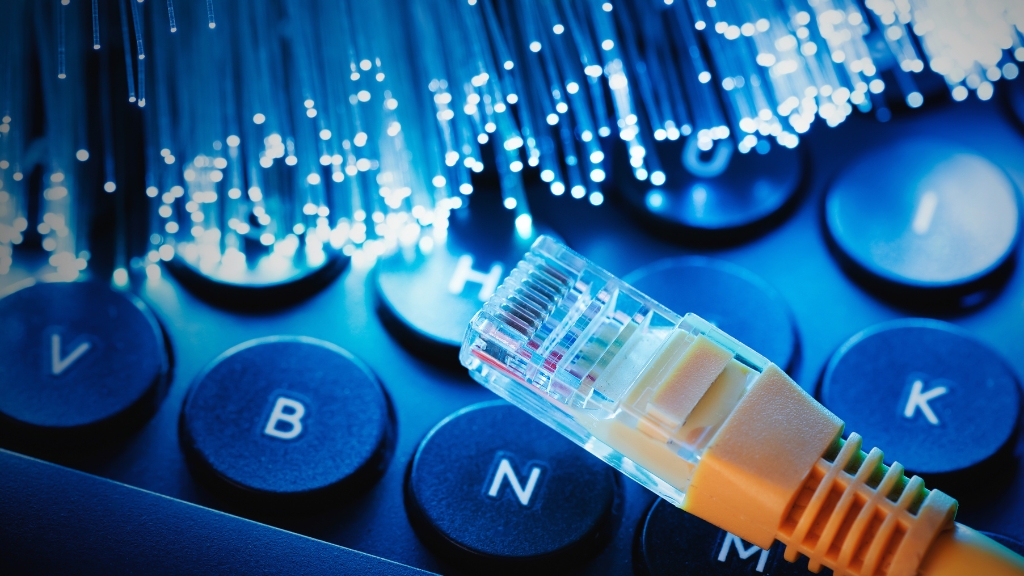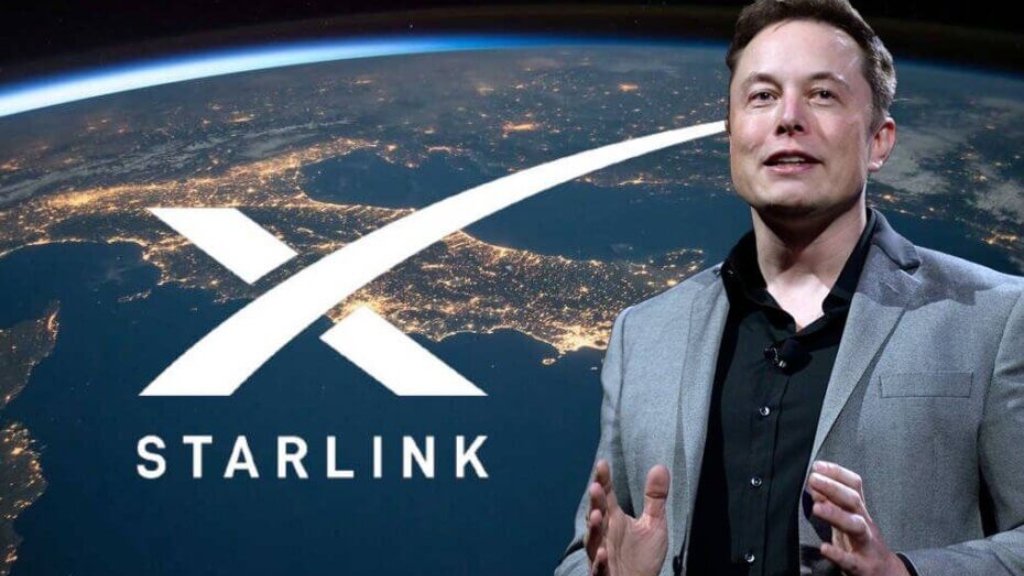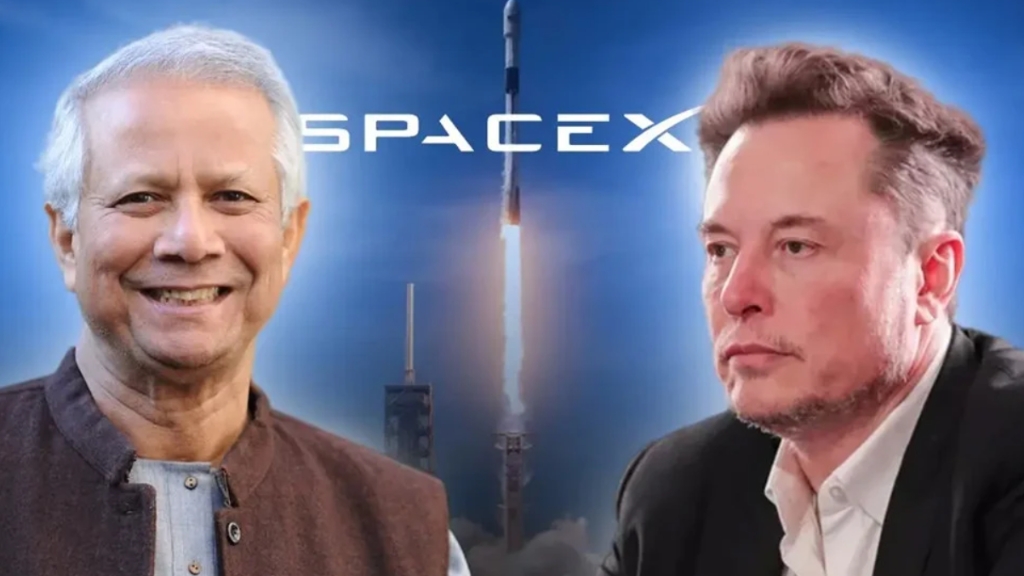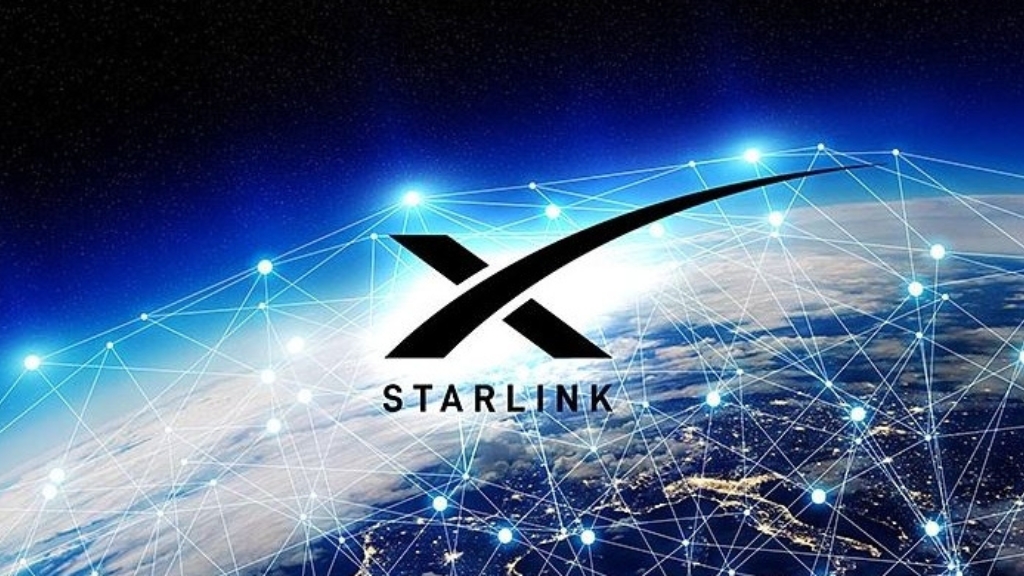Starlink vs Cable Internet: Which Prevails in Tomorrow’s Internet World?
Starlink vs Cable Internet: Which Prevails in Tomorrow’s Internet World?
Blog Article
In today’s quickly evolving technological landscape, two names are frequently pointed out: SpaceX’s Starlink satellite internet and the well-known cable internet. Every one of these two internet provider technologies has pros and cons of its own. Particularly in Bangladesh, where Starlink services were just authorized, it is critical to determine whether Elon Musk’s Starlink can serve as a substitute for cable internet. Today, let us discover the specifics.
Read More: https://bstandard.info/english/starlink-vs-cable-internet-which-prevails-in-tomorrows-internet-world/
Cable Internet:
Coaxial cables, which were originally used to transmit TV signals, are typically utilized for cable internet. High-speed internet is sent straight to the user’s home or workplace via this connection. Its speed often falls between 100 Mbps and 1 Gbps, making it a relatively dependable option in urban areas. Due to its extremely low latency, cable internet is ideal for video calls, gaming, and other activities.

Starlink Satellite Internet:
Conversely, Starlink uses a satellite network in low Earth orbits to deliver Internet service. Because Starlink satellites reside between 341 – 580 kilometers from Earth, it differs from standard satellite internet. As a result, latency is significantly reduced—only 20–40 milliseconds, as opposed to 600 milliseconds or more for traditional satellites. Starlink offers users higher speeds as well.

Future Impact in the Context of Bangladesh
The recent approval of Starlink services by the Bangladeshi government marks a major advancement in the nation’s digital industry. This will have the following beneficial effects for the nation’s technology.
Read More: https://bstandard.info/english/starlink-vs-cable-internet-which-prevails-in-tomorrows-internet-world/
- Reducing the digital divide:
Cable Internet is not available in rural and impoverished areas, but Starlink Internet can reach these areas. New opportunities will arise in e-commerce, healthcare, and education as a result.
- Economic potential:
Rural students, freelancers, and small business owners will have access to connections and employment opportunities. As a result, it will be crucial to the nation’s economic digital transition.

Nevertheless, there are some drawbacks in addition to the benefits. These difficulties include the fact that
- Many people may not be able to pay Starlink’s expensive gadgets and subscription costs.
- For Starlink to operate, there must be an unobstructed sky or an entirely open area. Its services are also partly weather-dependent. In severe weather, connections can be lost.
- Another major issue is coordinating Starlink services with national telecom policies and infrastructure.

Both cable internet and Starlink have advantages and disadvantages of their own. Though it’s vital to consider its drawbacks, Starlink has the potential to revolutionize a nation like Bangladesh, where internet access hasn’t yet reached all citizens evenly. Remote regions of the nation could be included in Digital Bangladesh’s mainstream if Elon Musk’s new technology is properly applied. But the secret to its success will be overcoming the obstacles.
Read More: https://bstandard.info/english/starlink-vs-cable-internet-which-prevails-in-tomorrows-internet-world/ Report this page